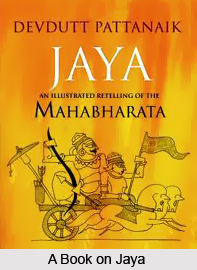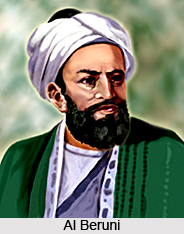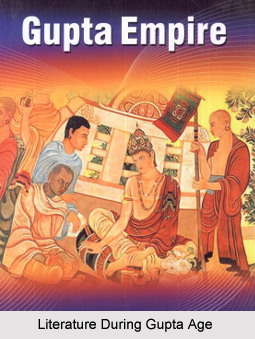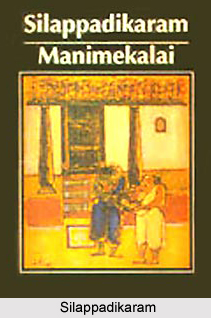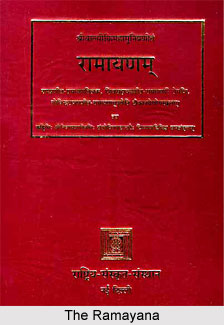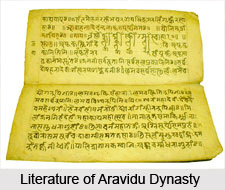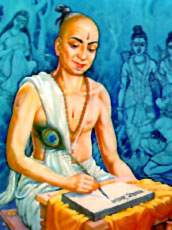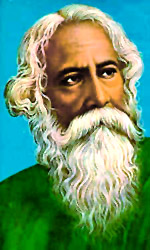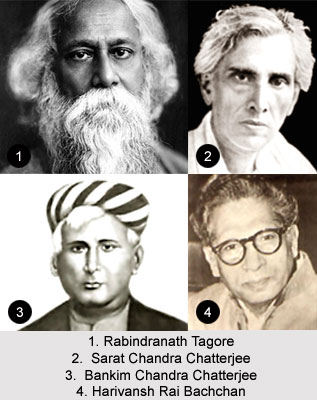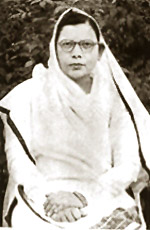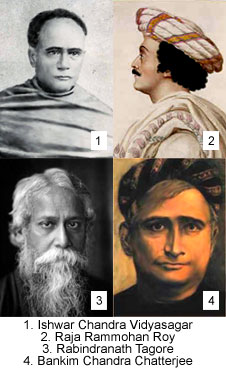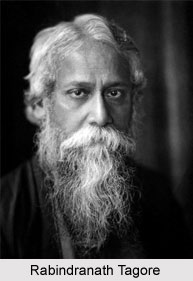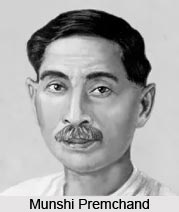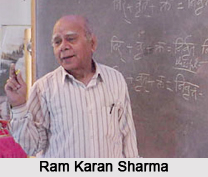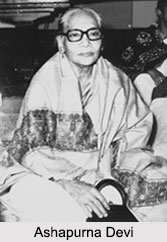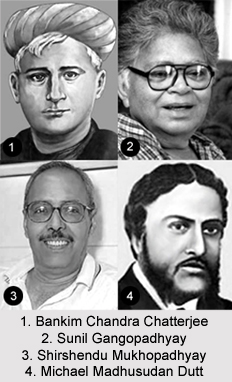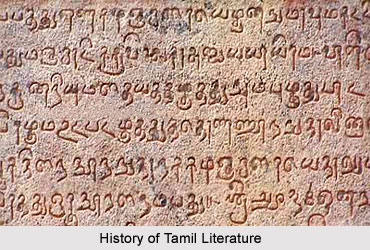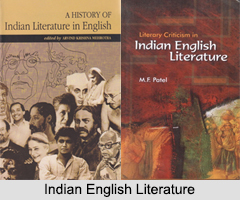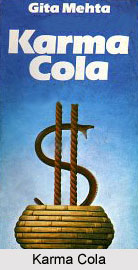 Gita Mehta`s book Karma Cola is delightful as well as wonderful. She`s hardly against the mixing of east and west; she`s a satirist laying bare the shallowness of hippies who trip and the sadhus who trip them. Mehta`s `River Sutra` shows that she understands genuine spirituality well enough. She also understands Indian modernity well enough.
Gita Mehta`s book Karma Cola is delightful as well as wonderful. She`s hardly against the mixing of east and west; she`s a satirist laying bare the shallowness of hippies who trip and the sadhus who trip them. Mehta`s `River Sutra` shows that she understands genuine spirituality well enough. She also understands Indian modernity well enough.
Gita Mehta was born in Delhi in 1943. The family in which she born was extremely active in the struggles for Indian liberation from Britain. She is the daughter of Biju Patnaik, a famous Indian freedom fighter who later became the major political leader of the Eastern state of Orissa. At her birth, Mehta`s grandmother demanded that she be named Joan of Arc, as a child born into a community of freedom fighters who were often forced to go underground as a result of their political actions. But instead, she was named Gita. Only several weeks after Mehta`s birth, her father was imprisoned for his political activity. Growing up, she was surrounded by her parent`s active struggle for Indian liberation. At the age of three, she and her brother were sent to a boarding school while her mother followed her father from one jail to the next. Mehta was educated in India and the United Kingdom as well. While attending Cambridge University, she met fellow student Ajai Singh Mehta. The two married and have one son. Mehta and her husband `Sonny`, the president of Alfred A. Knopf publishing house, currently maintain residences in New York, London and Delhi, spending at least three months of every year in India. As a result of Sonny Mehta`s prominent position in New York`s publishing industry, the couple is a central figure in New York`s literary publishing world.
Synopsis:
Karma Cola by Gita Mehta is the story that begins in the late `60s, hundreds of thousands of Westerners descended upon India, disciples of a cultural revolution that proclaimed that the magic and mystery missing from their lives was to be found in the East. An Indian writer who has also lived in England and the United States, Gita Mehta was ideally placed to observe the spectacle of European and American `pilgrims` interacting with their hosts. When she finally recorded her razor sharp observations in Karma Cola, the book became an instant classic for describing, in merciless detail, what happens when the traditions of an ancient and long-lived society are turned into commodities and sold to those who don`t understand them. She writes remarkable prose. In the dazzling prose that has become her trademark, Mehta shows the entire Spectrum of seekers: The Beatles, homeless students, Hollywood rich kids in detox, British guilt-trippers, and more. In doing so, she also reveals the devastating byproducts that the Westerners brought to the villages of rural lndia, high anxiety and drug addiction among them. Brilliantly irreverent, Karma Cola displays Gita Mehta`s gift for weaving old and new, common and bizarre, history and current events into a seamless and colorful narrative that is at once witty, shocking, and poignant.
Written by Gita Mehta Karma Cola is published by Ballantine Books in the year of 1991.
